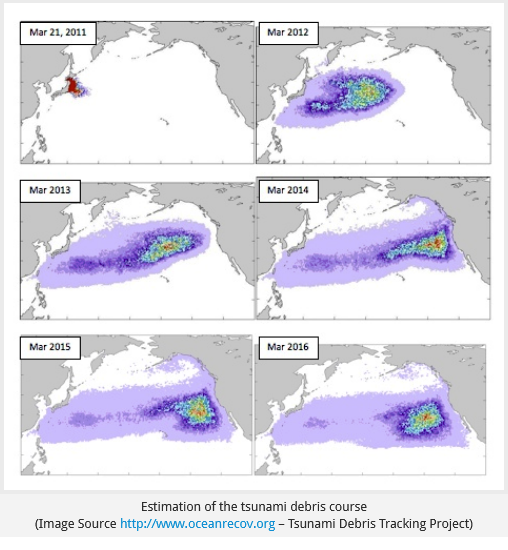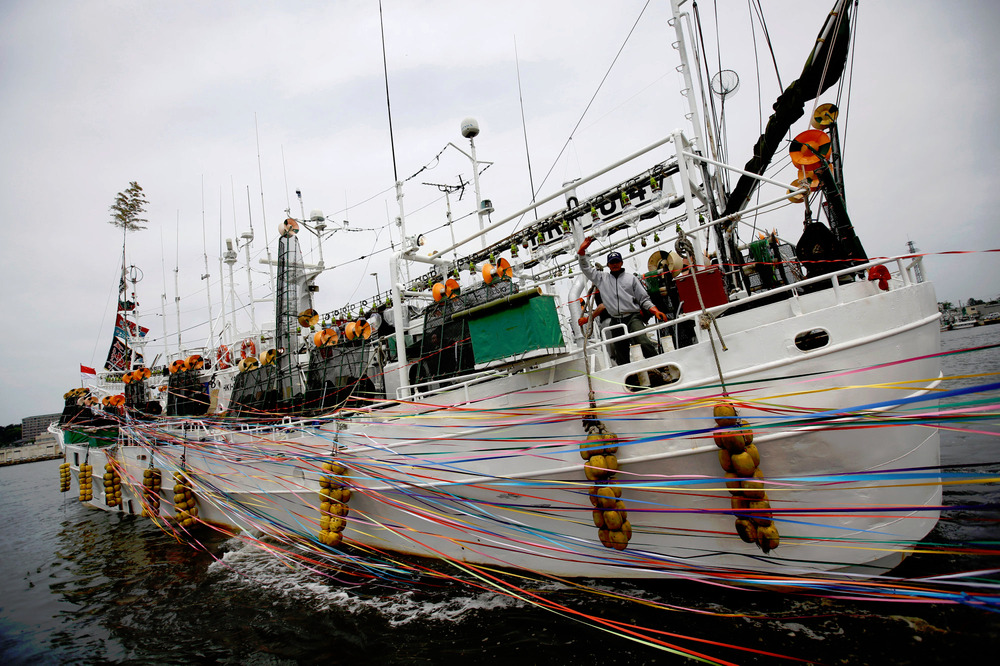mollwollfumble made a huge mistake about this. I had thought that the great Pacific ocean garbage patch was largely plastic bottles from island nations. I couldn’t have been further wrong!
100 tons of garbage had been cleaned out of that garbage patch by end June 2022. Analysis of the resulting material is as follows:
By mass (approx)
40% – unidentified small fragments
20% – floats and buoys
15% – household items
10% – crates
8% – other
7% – fishing gear
3% – buckets
2% – food and drink items
So plastic bottles make up less than 2% of the garbage. Fishing equipment (floats, buoys, crates, gear and buckets) together account for 40% of the garbage and more than two thirds of all identified garbage.
Most of the identified plastic is more than 15 years old.
The primary countries/regions of origin identified on the items were Japan (34%), China (32%), Korea (10%), and the USA (7%). Contrary to expectations, countries with high riverine plastic emissions (the Philippines, Malaysia and India) contributed little to the total.
For plans to clean up 100,000 tons of floating waste from the Pacific see https://www.youtube.com/watch?v=JUQnhiZirKQ
By Nov 17, 2022, some 1,000 tons of floating waste have been removed from the River Klang in Malaysia.

